IFSA panel looks at simultaneously increasing the passenger experience and onboard sales
Share
At today’s IFSA / APEX EXPO, a panel featuring Mir Khan, Head of OnBoard Retail Americas, Retail in Motion/LSG Group and Scott Robillard, Director of Inflight Standards, JetBlue tackled the question of – “Can you increase your share of wallet and passenger satisfaction at the same time?”
The discussion looked at the dynamic landscape of onboard retail, along with the critical role digitisation and crew engagement can play in both enhancing passenger satisfaction and driving revenue. Here are some of the highlights of the session:

Embracing Digitisation for Passenger Engagement
Mir Khan kicked off the discussion by emphasising the importance of digitisation in delivering a unique and personalised customer experience. Passengers today seek bespoke onboard experiences tailored to their preferences. Khan highlighted three key digitisation strategies that airlines are employing to meet these expectations:
1 – Pre-ordering: Allowing passengers to choose their meals in advance, ensuring they always get their preferred options. It eliminates the need to wait for leftovers, significantly enhancing the passenger experience.
2 – Order to Seat: Khan discussed giving passengers the potential to order products from the cabin without the need for flight attendants to pass down the aisle. Passengers can use their handheld devices and digital wallets to order items, giving them greater control over their in-flight purchases.
3 – Digitisation of the seatback pockets. As smartphones have become ubiquitous, Khan held out the potential of eliminating all paper material from seatback pockets:
“We all carry smartphones in our pockets. And we’re all used to having everything digital. So the next phase now is how do we get rid of the seat back pocket? Or the magazine that we have in the seat back pocket? And how do we digitise that and make an electronic copy that’s available on the passenger phones.”
Khan said that digitisation is both more sustainable and provides a richer experience for the passenger. When it comes to food items, if you digitise the information, “you are able to get things like nutritional value, the calories, the allergens, and you can also provide a backstory about that product.”
For example, where is it from, what is the story about the original supplier, what is the sustainability story?

Crew Engagement: The Key to Onboard Sales
Scott Robillard from JetBlue, emphasised the importance of cabin crew in driving onboard retail sales. Cabin crew serve as the face of the airline, personifying the brand and influencing passengers’ perceptions.
When it comes to recruitment, airlines should look for crew members with sales acumen during the recruitment process. According to Robillard, one example is staff “who might have worked in a restaurant before and who are motivated by driving additional sales.”
Traditional service training should be enhanced to include sales techniques, such as upselling and suggesting additional items to passengers during flights.
To stimulate sales, Robillard said that it’s crucial to have the right staff incentive programme, and here it should ideally look at two areas: “Commission can have two parts. One part potentially could be based on driving sales.” However, another element could focus “on reducing wastage”, something airlines are “trying to push down.”
Finally, Robillard said it was important to celebrate the success of crew members. Recognising top performers and creating a competitive environment can inspire other crew members to excel.
Robillard drew a parallel between the promotion of airline credit cards and selling onboard products, highlighting the effectiveness of incentives and recognition in driving sales and customer engagement:
“Crew members are trained extensively on the benefits of the credit cards training both in their initial crew member training, as well as frequently at the bases.”
Here, Robillard pointed out that “crew members are given a pretty incredible incentive that is valuable to them to promote these credit cards within a flight. And then crew members are absolutely celebrated for successfully promoting the credit cards.” According to Robilard, that incentive type model could be extended, “the same opportunities (can) exist for selling other ancillary items.”
Enhancing Passenger Loyalty and Crew Engagement
In the discussion’s closing remarks, both speakers underscored the significance of enhancing passenger loyalty and crew engagement. For passengers, personalised experiences and recognition are key factors that build loyalty.
On the crew front, recognising and celebrating their efforts is pivotal. Metrics tied to sales and positive customer feedback should be used to appreciate cabin crew members continually. By ensuring that cabin crew are engaged, motivated, and incentivized, airlines can improve onboard retail sales and overall passenger satisfaction.


